Demystifying the Difference Between Cacao and Cocoa
When it comes to chocolate and baking, the terms "cacao" and "cocoa" are often used interchangeably, leading to confusion among consumers and enthusiasts alike. However, understanding the distinction between these two ingredients is crucial for selecting the right product and achieving the desired flavor and texture in baking. Below, we take an indepth look into the differences between cacao and cocoa, shedding light on their unique characteristics.
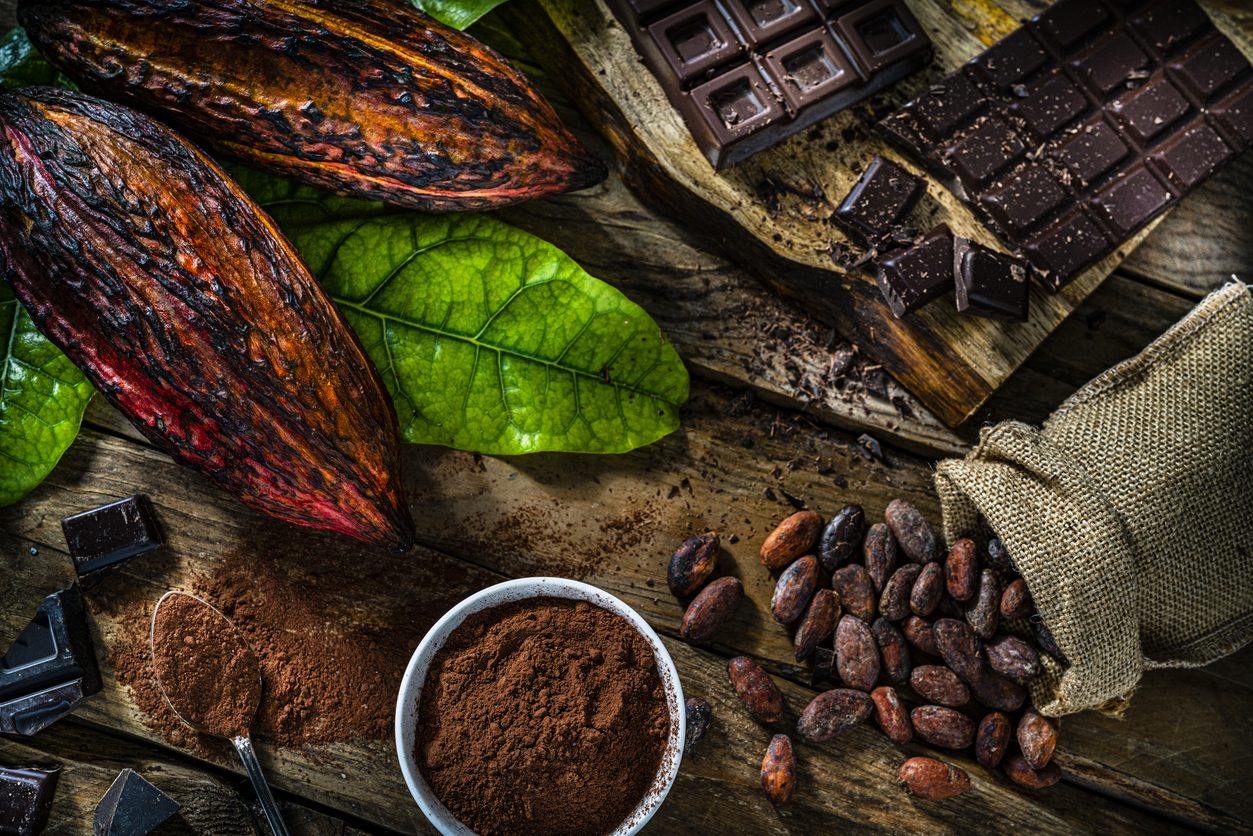;)
Discovering the nuances between cacao and cocoa is essential for navigating the world of chocolate and baking. While these terms are often used interchangeably, understanding their differences is crucial for selecting the right ingredient and achieving desired outcomes in various recipes.
Cacao, in its raw and unprocessed form, boasts a rich flavor profile and higher nutritional content, while cocoa undergoes additional processing steps that yield a milder taste and smoother texture. By understanding the distinction between cacao and cocoa, you can make informed decisions when incorporating these ingredients into your cooking or baking recipes.
What is Cacao?
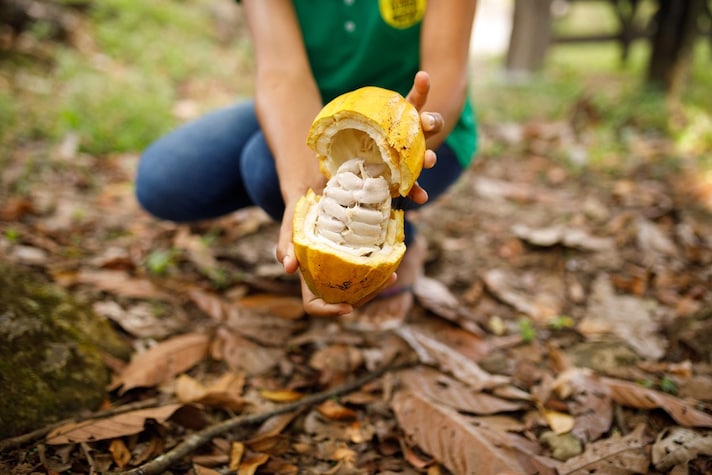
Cacao refers to the raw, unprocessed beans derived from the Theobroma cacao tree. These beans undergo minimal processing, including fermentation, drying, and roasting at low temperatures. As a result, cacao retains its natural antioxidants and nutrients, such as flavonoids and magnesium. It boasts a rich, intense flavor profile with fruity and floral notes, making it a popular choice among health-conscious bakers.
What is Cocoa?
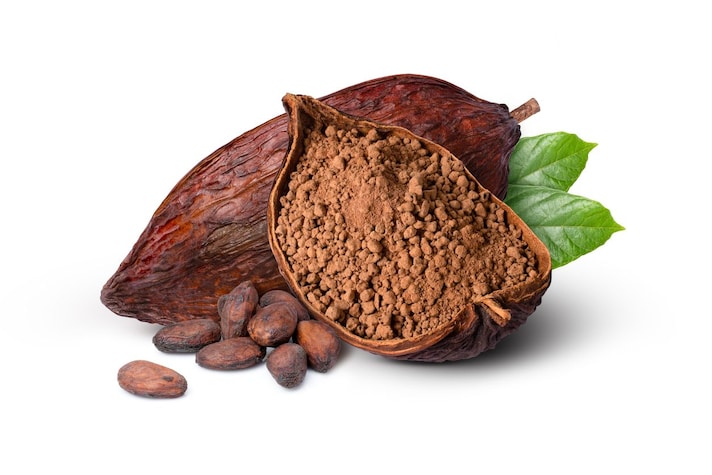
Cocoa is the processed form of cacao beans. During processing, cacao beans undergo grinding and pressing to extract cocoa butter. The resulting cocoa powder is often alkalized or Dutch-processed to reduce acidity and enhance flavor. This processing alters its flavor profile, resulting in a milder taste with sweeter notes and a smoother finish. Cocoa is widely used in baking, confectionery, and beverage production due to its versatility.
Cacao vs. Cocoa: Origin and Processing
Cacao refers to the raw, unprocessed beans derived from the Theobroma cacao tree. These beans undergo minimal processing, typically consisting of fermentation, drying, and roasting at low temperatures. Cacao retains its natural antioxidants and nutrients, including flavonoids and magnesium, due to minimal processing.
Cocoa, on the other hand, is the term used for the processed form of cacao beans. To produce cocoa, cacao beans undergo additional processing steps, including grinding and pressing to extract cocoa butter. The resulting cocoa powder is then often alkalized or Dutch-processed to reduce acidity and enhance flavor.
Cacao vs. Cocoa: Flavor Profile
Cacao boasts a rich, intense flavor profile characterized by fruity and floral notes. It offers a deeper and more complex taste compared to cocoa, with subtle hints of bitterness and earthiness.
Cocoa, while derived from the same source as cacao, undergoes processing that alters its flavor profile. The taste of cocoa is milder and less intense than cacao, with sweeter notes and a smoother finish, particularly when alkalized or Dutch-processed.
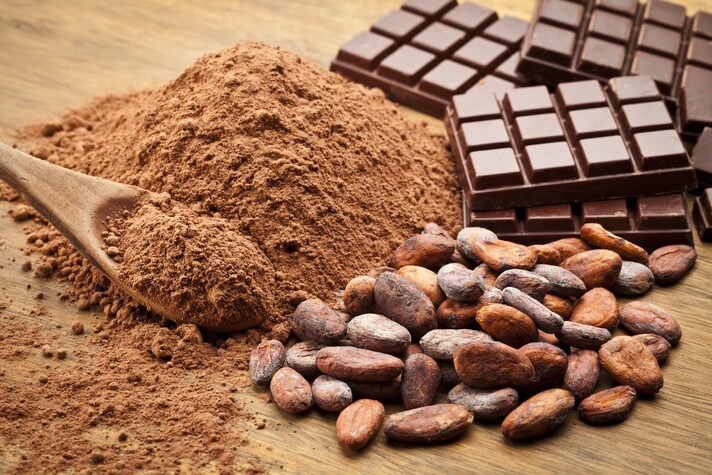
Cacao vs. Cocoa: Nutritional Content
Due to minimal processing, cacao retains higher levels of antioxidants, vitamins, and minerals compared to cocoa. It is rich in flavonoids, which have been associated with various health benefits, including improved heart health and cognitive function.
While cocoa still contains beneficial nutrients, such as antioxidants and minerals like iron and magnesium, its levels may be slightly lower due to processing. However, cocoa remains a nutritious ingredient that can be enjoyed in moderation as part of a balanced diet.
Conclusion
While cacao and cocoa originate from the same source, their processing methods and resulting characteristics set them apart. Cacao, with its raw and minimally processed form, offers a robust flavor profile and higher nutritional content. On the other hand, cocoa undergoes additional processing steps that yield a milder taste and smoother texture, suitable for a wide range of culinary applications.
Now that you’ve learnt the distinctive features of cacao and cocoa, you can make informed choices when selecting ingredients for your favorite chocolate recipes!
;Resize,width=767;)
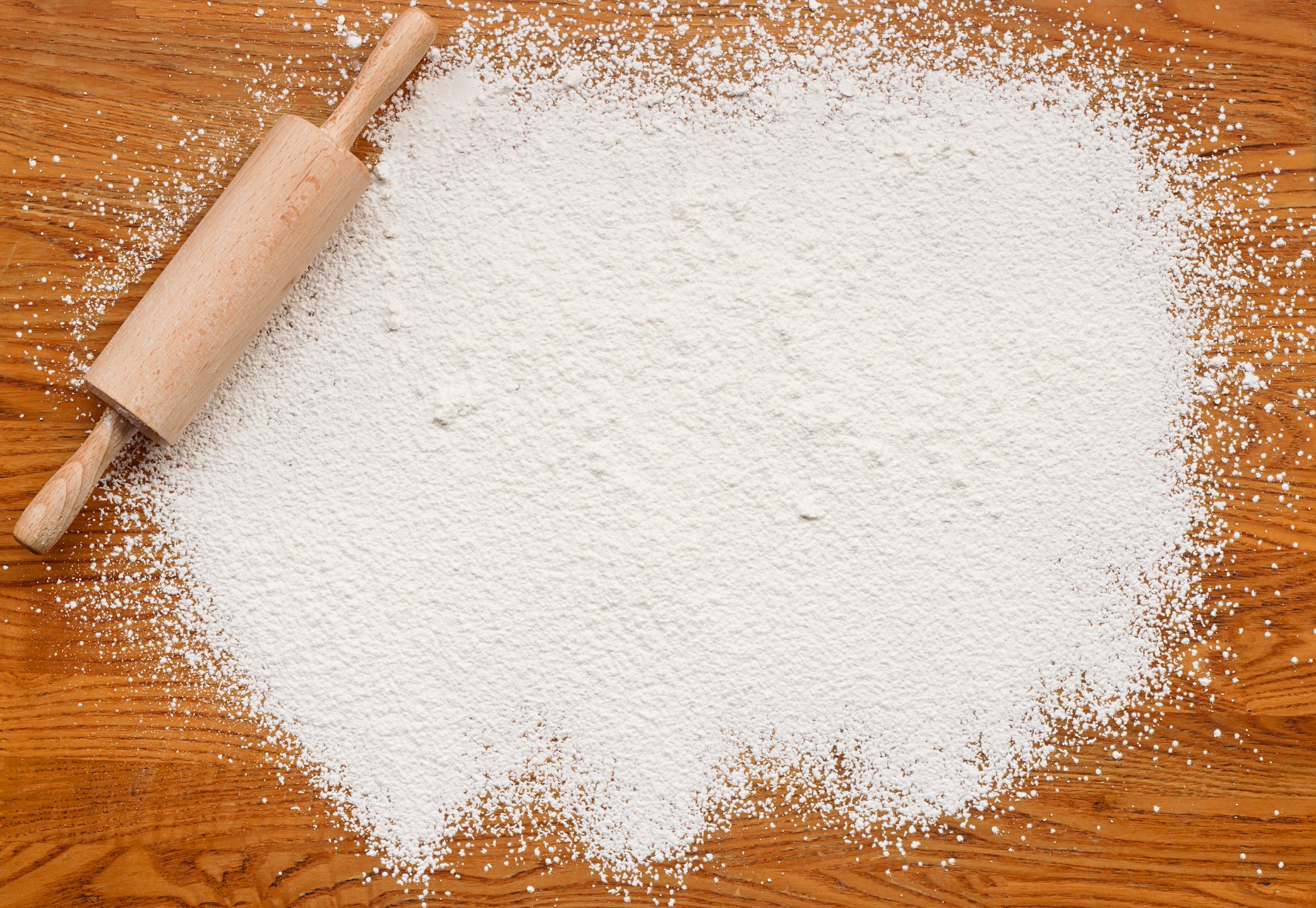;Resize,width=712;)
;Resize,width=712;)
;Resize,width=712;)
